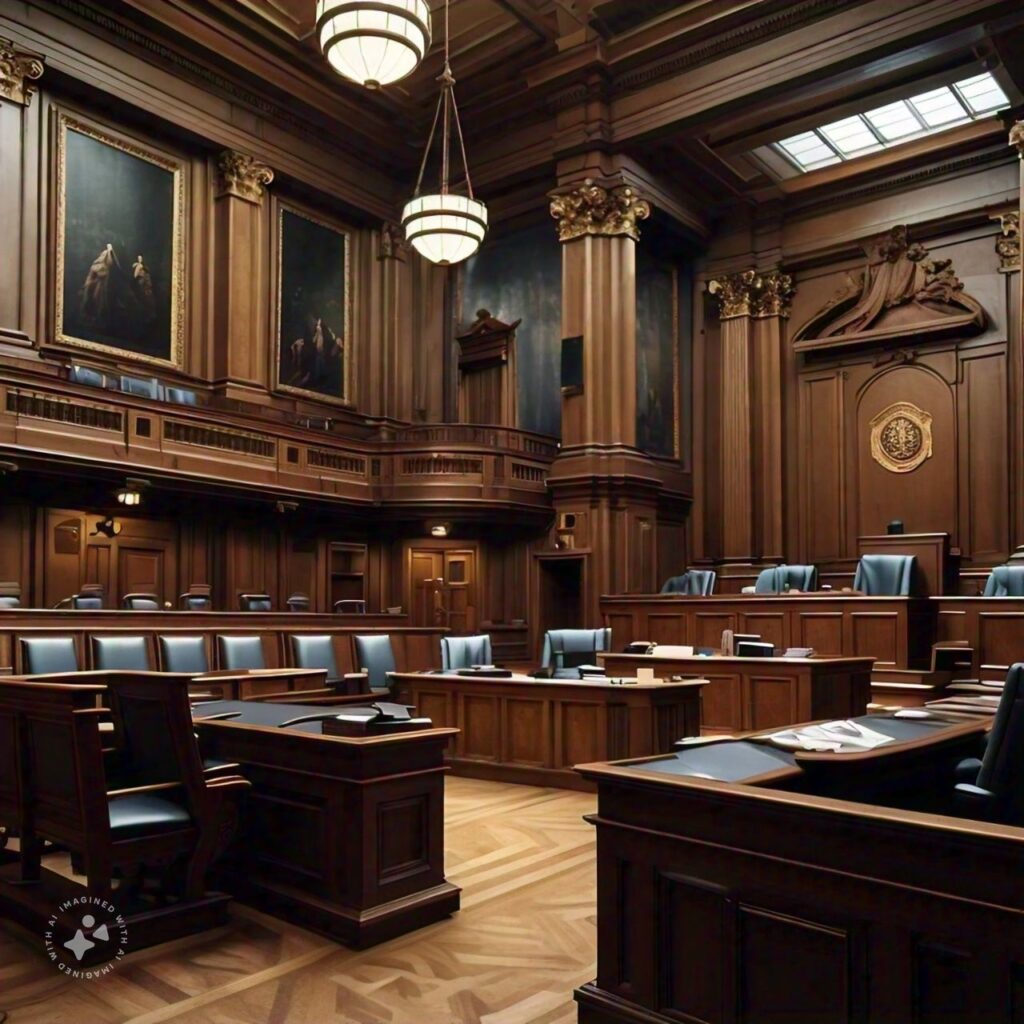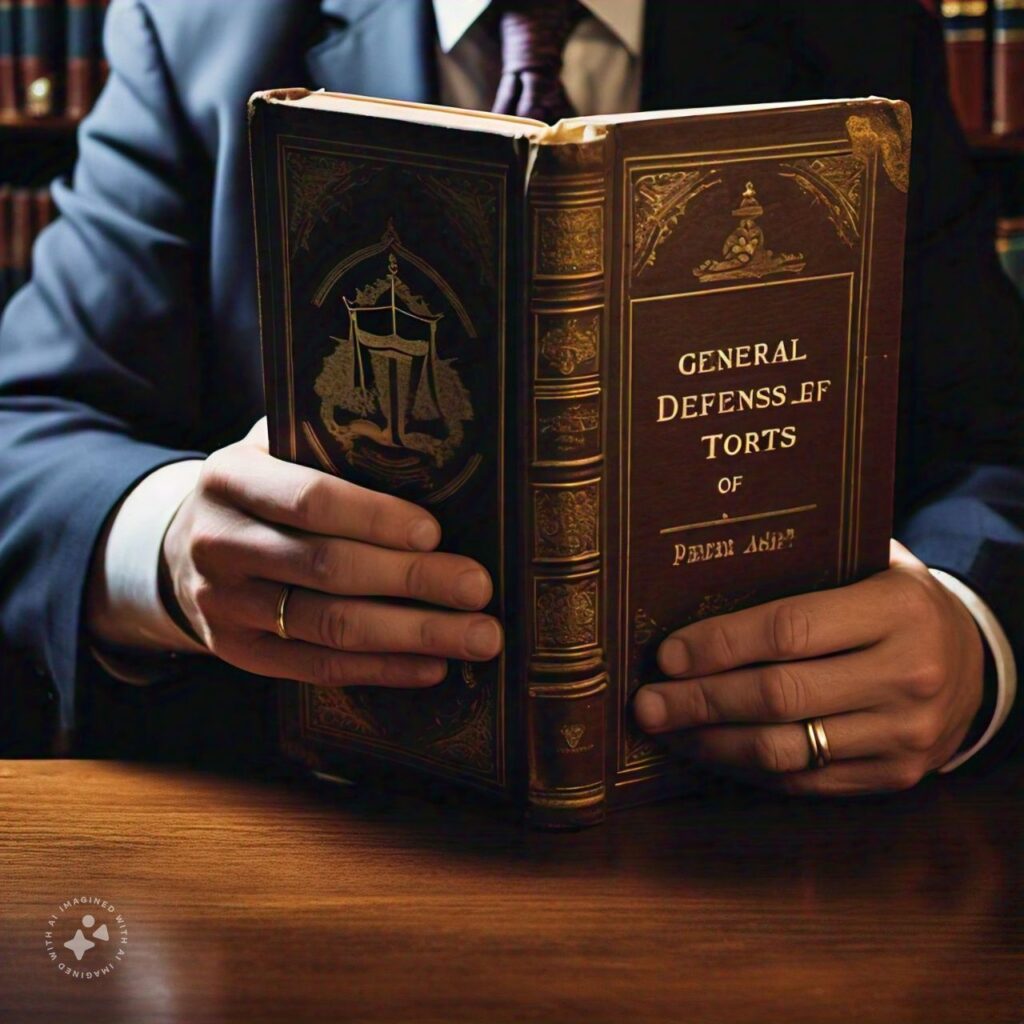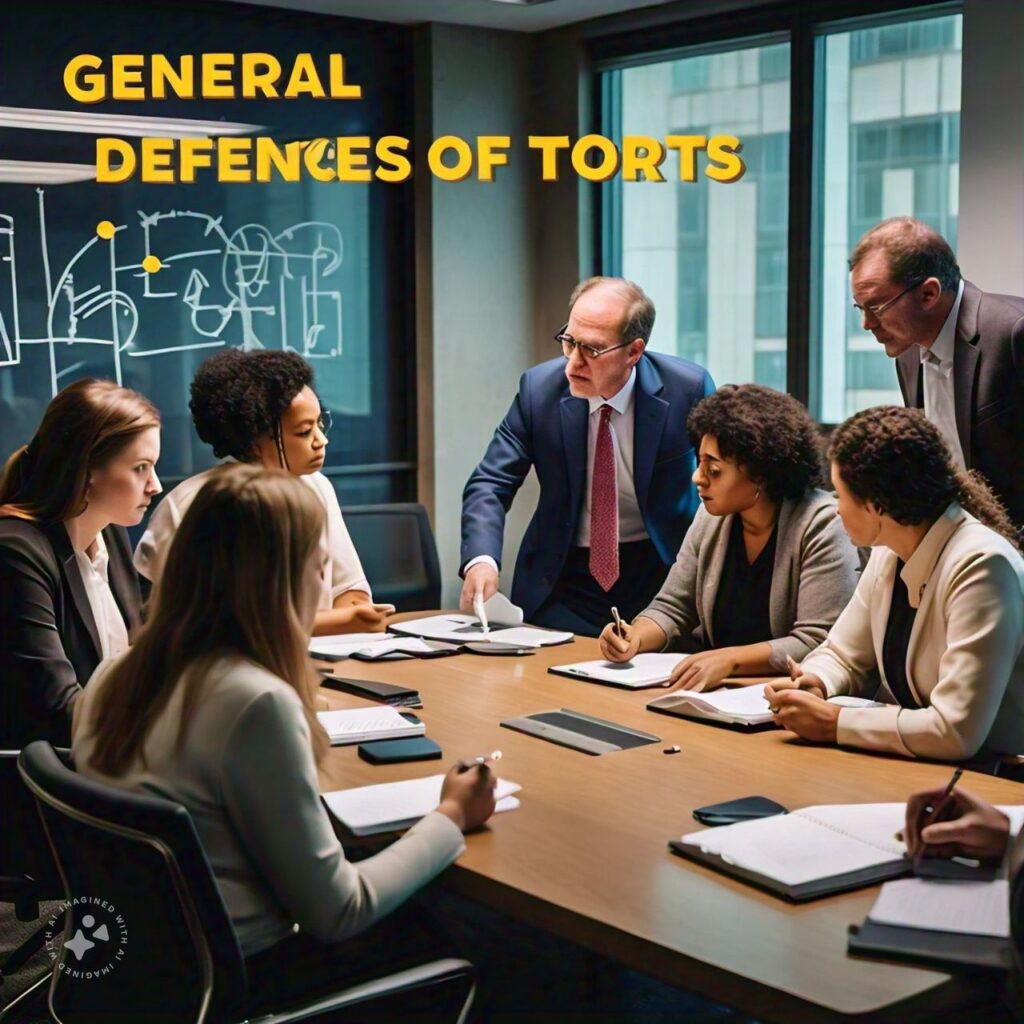MUTHYALA SUNIL KUMAR vs. UNION OF INDIA & ORS.
A) Abstract / Headnote This case pertains to the challenge by transporters and tour operators against the imposition of Border Tax/Authorization Fee by various State Governments, asserting violations of the All India Tourist Vehicles (Permit) Rules, 2023. Petitioners argued that such levies amounted to double taxation and were inconsistent with the legislative intent behind the Rules, 2023, which aimed to enable seamless inter-state transport. The Supreme Court declined to adjudicate the matter on its merits, emphasizing that the State-specific rules were not challenged directly. The Court dismissed the petitions, allowing petitioners the liberty to approach their respective High Courts for relief under Article 226 of the Constitution. Keywords B) Case Details C) Introduction and Background of Judgment The central issue arose from State Governments’ levying of Border Tax/Authorization Fee for vehicles carrying All India Tourist Permits, allegedly contravening the Permit Rules, 2023. These Rules, enacted by the Central Government, intended to harmonize inter-state tourist vehicle regulations, reduce barriers, and establish a revenue-sharing mechanism between the Centre and States. Petitioners challenged the constitutionality of such levies, citing double taxation and lack of legislative competence under the Constitution. The Supreme Court, while acknowledging the grievances, emphasized procedural propriety and directed petitioners to first challenge the State enactments before the respective High Courts. D) Facts of the Case E) Legal Issues Raised F) Petitioner/Appellant’s Arguments G) Respondent’s Arguments H) Judgment a. Ratio Decidendi b. Obiter Dicta c. Guidelines I) Conclusion & Comments The judgment underscores the importance of jurisdictional discipline and procedural hierarchy in constitutional litigation. It reflects the balance between legislative federalism and judicial restraint in disputes involving inter-state coordination. The verdict directs focus on the primary question of legislative competence and urges comprehensive challenges before appropriate forums. J) References




